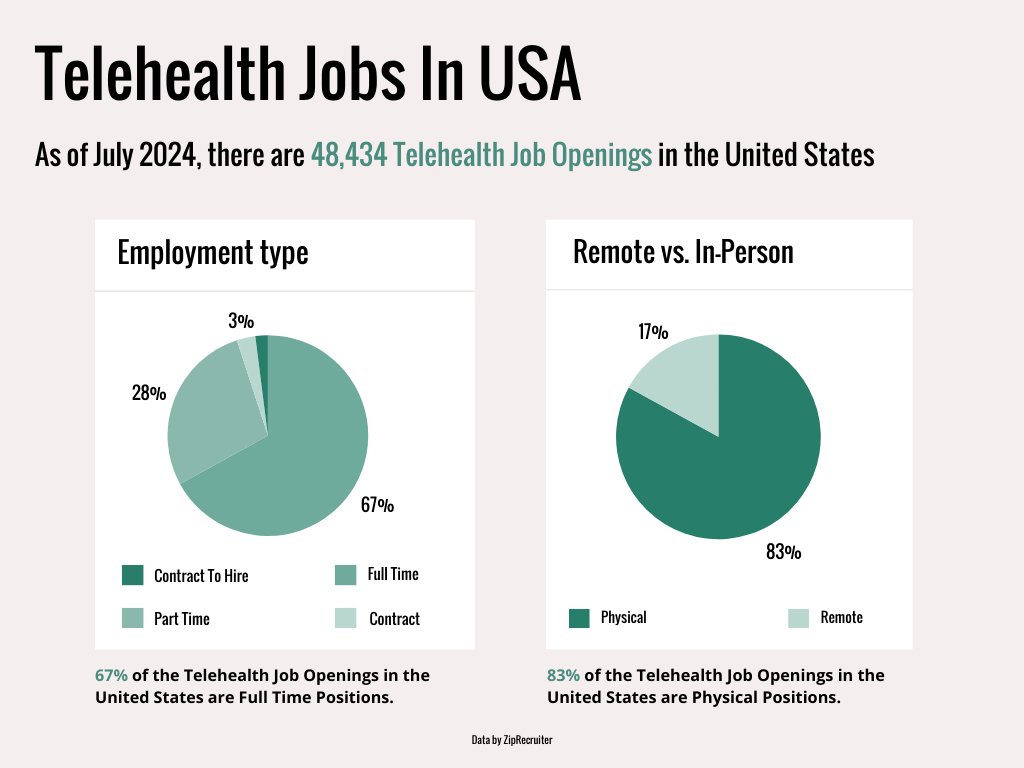In the rapidly evolving landscape of healthcare, telehealth has emerged as a critical component, offering patients access to medical care regardless of their location. As the demand for telehealth services grows, so does the need to ensure that telehealth professionals are well-qualified, competent, and capable of providing high-quality care. Virtual employee screening has become an essential process to achieve this goal. This post explores the importance of virtual employee screening for telehealth professionals and provides insights into effective screening practices.

The Importance of Virtual Employee Screening
Virtual employee screening is the process of evaluating candidates for remote positions using digital tools and platforms. For telehealth professionals, this process is crucial for several reasons:
1. Quality of Care
Ensuring that telehealth professionals possess the necessary skills and qualifications directly impacts the quality of care patients receive. According to a study by the American Telemedicine Association, telehealth can deliver care that is as effective as in-person visits for many conditions, provided the professionals are properly vetted and trained.
2. Regulatory Compliance
Healthcare providers must adhere to strict regulatory standards, such as those set by the Health Insurance Portability and Accountability Act (HIPAA). Virtual screening helps organizations verify that telehealth professionals are compliant with these regulations, thereby protecting patient privacy and data security.
3. Patient Trust
Patients need to trust their telehealth providers. Effective screening processes ensure that telehealth professionals have a clean professional background and a proven track record, which helps build patient confidence.
How To On-Board Your Virtual Employees For Long-Term Success
Key Components of Virtual Employee Screening
To screen telehealth professionals effectively, organizations should consider incorporating the following key components into their virtual screening processes:
1. Credential Verification
Credential verification is a fundamental step in the screening process. This involves confirming that the telehealth professional holds the necessary licenses, certifications, and qualifications. Automated tools can streamline this process, reducing the risk of human error.
2. Background Checks
Conducting thorough background checks is essential to ensure the integrity and reliability of telehealth professionals. Employee Verify Onboard Connect's preventative services include comprehensive background checks, covering criminal history, employment history, and reference checks. Using our expertise, telehealth organizations can ensure their professionals are trustworthy and compliant with industry standards.
3. Technical Skills Assessment
Telehealth professionals must be proficient in using telehealth platforms and technology. Conducting technical skills assessments can help organizations determine a candidate's ability to navigate telehealth systems, troubleshoot technical issues, and deliver care effectively via digital means.
4. Soft Skills Evaluation
Soft skills, such as communication, empathy, and problem-solving, are critical for telehealth professionals. Virtual interviews and behavioral assessments can help evaluate these skills. According to a survey by LinkedIn, 91% of talent professionals believe soft skills are crucial in the recruitment process.
5. Clinical Competency Testing
Clinical competency testing involves assessing a candidate's clinical knowledge and decision-making abilities. This can be done through virtual simulations, case studies, or practical exams. Ensuring clinical competency is vital for maintaining high standards of patient care.

Best Practices for Virtual Employee Screening
To optimize the virtual screening process for telehealth professionals, consider implementing the following best practices:
1. Leverage Technology
Utilize advanced screening tools and platforms to automate and streamline the screening process. AI-powered solutions can help analyze resumes, conduct background checks, and assess technical skills more efficiently.
Leveraging AI and VR In The Recruitment Space
2. Standardize the Process
Establish a standardized screening process to ensure consistency and fairness. This includes creating a checklist of essential criteria, developing structured interview questions, and using uniform assessment tools.
3. Prioritize Data Security
Given the sensitive nature of healthcare data, prioritize data security during the screening process. Ensure that all digital tools and platforms used for screening comply with HIPAA and other relevant regulations.
4. Incorporate Continuous Training
Screening should not end at the hiring stage. Implement continuous training programs to keep telehealth professionals updated on the latest technologies, regulations, and best practices. Continuous training ensures ongoing competency and quality care.
5. Seek Feedback
Collect feedback from patients and colleagues about telehealth professionals' performance. Use this feedback to identify areas for improvement and enhance the screening process for future hires.